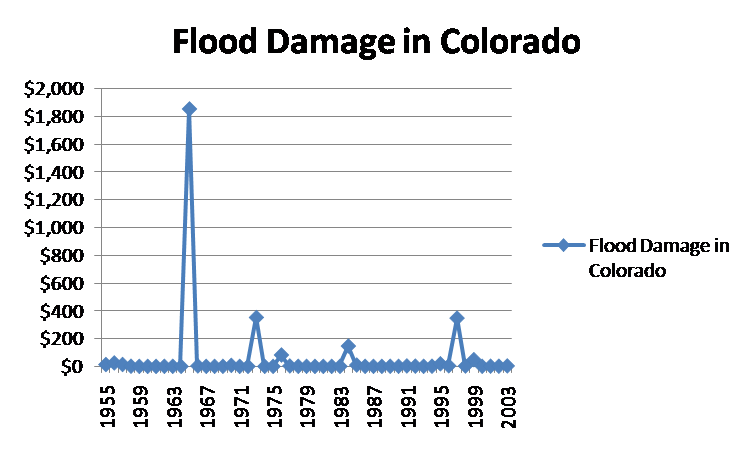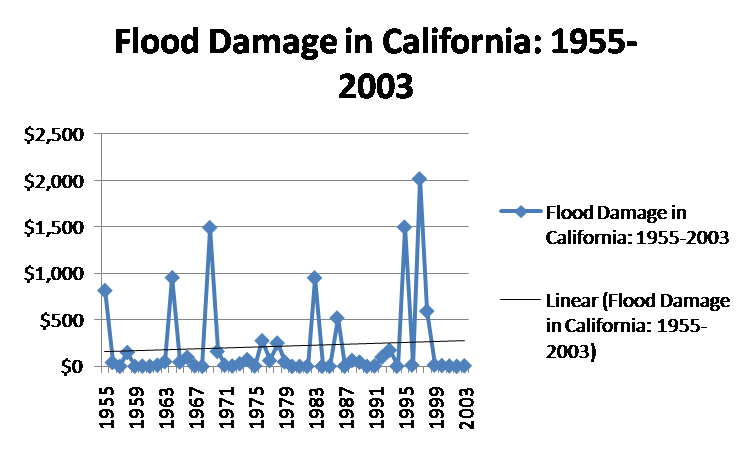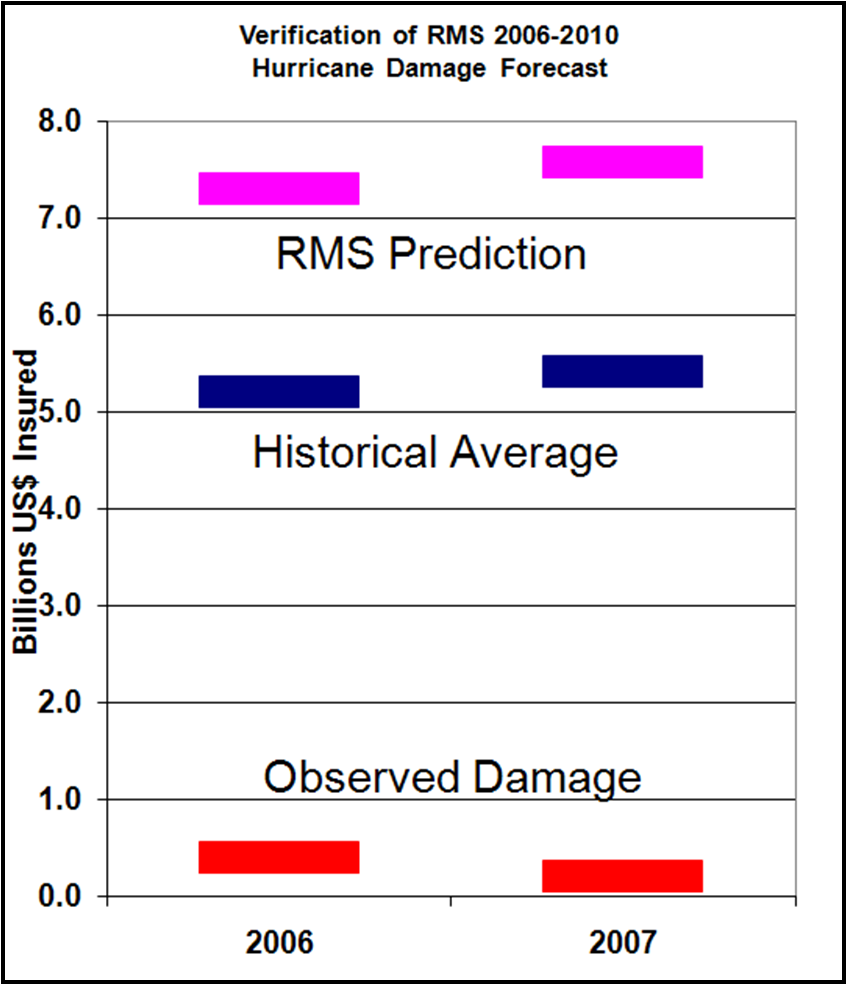Prins and Rayner in the WSJ
December 8th, 2007Posted by: Roger Pielke, Jr.
In the weekend WSJ there is a thoughtful op-ed by Gwyn Prins and Steve Rayner, presenting the argument that they discuss at length in their essay The Wrong Trousers (PDF). Here is how the WSJ op-ed begins:
This week in Bali, Indonesia, delegates are considering climate policy after the Kyoto Protocol expires in 2012. We will witness a well-known human response to failure. Delegates will insist on doing more of what is not working: in this case more stringent emissions-reduction targets, and timetables involving more countries. A bigger and “better” Kyoto will be a bigger and worse failure.
The 1997 Kyoto Protocol was a symbolically important expression of concern about climate change. It sought to manipulate a basket of diverse greenhouse gases and all their sources. It required its signatories to show demonstrable progress toward a 5% emissions reduction over 1990 levels by 2005. It did so partly through an international cap-and-trade system, and also by establishing a Clean Development Mechanism that would enable big greenhouse-gas emitters to claim credit for reducing emissions which they secured by buying reductions elsewhere, in developing countries.
None of this has worked. Nevertheless, support for “Kyoto” has become the test by which individuals and nations demonstrate whether they are for or against the planet and its poor.
Kevin Rudd’s Australian government just showed this. It will ratify the Protocol to show that it is serious about climate change. But Australia, like other countries already signed up to Kyoto, will produce no demonstrable reductions in emissions or even in anticipated emissions growth as a result of doing so.
Where emissions reductions have happened, notably in eastern Europe, re-unified Germany and the United Kingdom, they were the result of unrelated policies — such as the collapse of communism, and with it the shutdown of highly inefficient and polluting industries, or Margaret Thatcher’s smashing of union power by destroying the British coal industry, which meant the substitution of coal by cleaner North Sea gas.
Strip out Germany and the U.K. from the EU-15, and European emissions actually increased 10% between 1990 and 2005. In five countries, emissions rates rose more than in the U.S. Without the collapse of Russia and Ukraine, the Kyoto Protocol’s “all signatory total” registers rises since 1990. Even in Japan, emission levels are rising. Kyoto’s supporters blame nonsignatory governments, especially the U.S. and, (until last week) Australia.
Read the whole thing.


